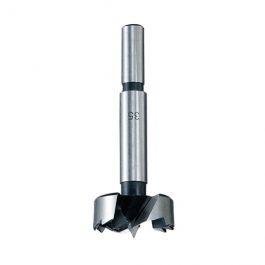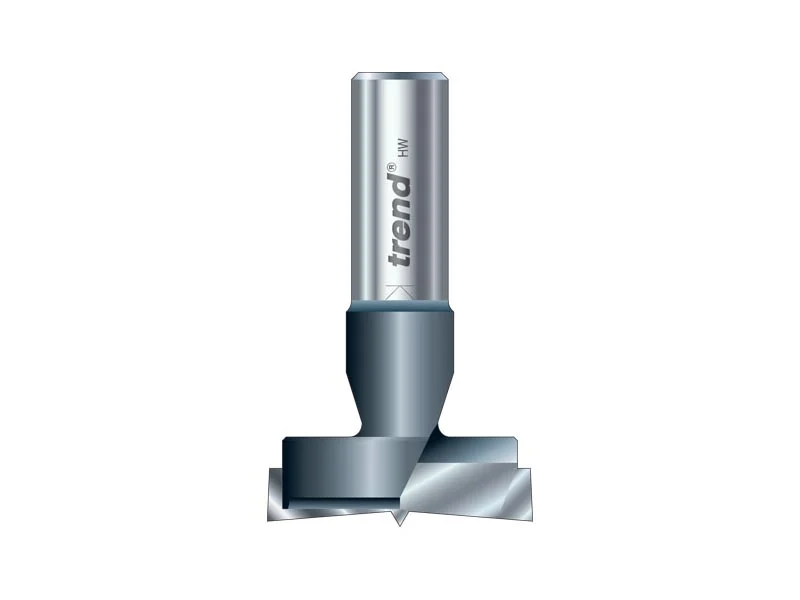You are using an out of date browser. It may not display this or other websites correctly.
You should upgrade or use an alternative browser.
You should upgrade or use an alternative browser.
Is the Kreg KHI Concealed Hinge Jig (or equivalent) good for inset hinges? (1)
- Thread starter Yukster
- Start date
I'd appreciate your advice. Is the Kreg KHI Concealed Hinge Jig (or equivalent) good for concealed inset hinges?
As a DIYer , yes, my son-in-law has used when making his own cabinets for a utility room
And plans to use them for a kitchen his plans to construck
And plans to use them for a kitchen his plans to construck
Most kitchen cabinets would use an overlay concealed hinges. My question is specifically about concealed inset hinges which are slightly different.As a DIYer , yes, my son-in-law has used when making his own cabinets for a utility room
And plans to use them for a kitchen his plans to construck
Thanks, did you forget to post the link to the video?I haven't used it. I just use a combi square and tape measure.
You may want to watch the following video though.
I'm not that experienced and I don't want to drill too deep which apparently is easy to do. So the depth stop is the main rason for getting the jig. It is a bit strange that the screw holes for the hinge are off. Maybe squaring rhe hinge, marking and using a self-centering drill bit is the wat to go.I haven't used it. I just use a combi square and tape measure.
You may want to watch the following video though.
Last edited:
I'm not that experienced and I don't want to drill too deep which apparently is easy to do. So the depth stop is the main rason for getting the jig. It is a bit strange that the screw holes for the hinge are off. Maybe squaring rhe hinge, marking and using a self-centering drill bit is the wat to go.
Drilling through really isn't that likely. I have a number of 35mm cutters, but my favourite one is a makita branded cutter.

Makita Forstner Bit Concealed Hinge Cutter 35mm
Shop Makita Forstner Bit Concealed Hinge Cutter 35mm online or visit us in-store at Leyland SDM. Next day delivery available.
I drill until the top of the cutter is a couple of mm bellow the surface. I then hoover out the hole, and if required drill a tad deeper. I do however drill a 2mm hole where my pencil mark is to that the point on the hinge cutter falls in to the 2mm hole.
Other than the screw holes for the Kreg, I don't see anything wrong with it, but I wouldn't be tempted to buy one.
If you are willing to wait a day or two, @JobAndKnock might be able to give you more comprehensive advice.
Thanks, and yes I'll wait for JobAndKnock's advice. I can practice on a test piece or to have the depth set, I can potentially use a router bit rather than a drill bit possibly?Drilling through really isn't that likely. I have a number of 35mm cutters, but my favourite one is a makita branded cutter.

Makita Forstner Bit Concealed Hinge Cutter 35mm
Shop Makita Forstner Bit Concealed Hinge Cutter 35mm online or visit us in-store at Leyland SDM. Next day delivery available.leylandsdm.co.uk
I drill until the top of the cutter is a couple of mm bellow the surface. I then hoover out the hole, and if required drill a tad deeper. I do however drill a 2mm hole where my pencil mark is to that the point on the hinge cutter falls in to the 2mm hole.
Other than the screw holes for the Kreg, I don't see anything wrong with it, but I wouldn't be tempted to buy one.
If you are willing to wait a day or two, @JobAndKnock might be able to give you more comprehensive advice.
Thanks, and yes I'll wait for JobAndKnock's advice. I can practice on a test piece or to have the depth set, I can potentially use a router bit rather than a drill bit possibly?
The 35mm router cutters are much more expensive that the drill versions (approx £50)

Trend Trend 105/35X8MMTC Router Machine Bit - 35mm Diameter | ffx
Buy Trend Trend 105/35X8MMTC Router Machine Bit - 35mm Diameter online at ffx. Next day delivery available.
That said, given that they rotate much faster, they will bore each hole faster. But yeah, you can set the depth.
If you were to go down that path, I would definitely recommend drilling a 2mm "pilot hole" so that you can locate the centre when lining up the router. To be honest, I have never used my 1/2" router for plunge drilling single holes. I don't know if it will deviate when you first start the plunge.
Again, we all know who the best person to ask is.
As an aside, how many doors, or rather, hinges are you drilling?
Edit---- when I built my kitchen (from scratch using MDF- and after borrowing a vacuum press for the shaker doors), I purchased a small pillar drill from Axminster. With hindsight it was over kill. I haven't used the drill since, the depth is too small for many of the other tasks that I might have, otherwise, used it for.
Equally, with hindsight, it would have been much cheaper to buy quality carcases. The freedom to build units that are 20cm deeper than standard counts for nothing when you fit standard Hafele pull out wire shelves or drawers. You just end up with wasted free space. Oh, and then you have to paint the MDF.
Last edited:
Ok,
Most seem to use the concealed hinge
 which i thought you meant - you meant sorry
which i thought you meant - you meant sorry
some good videos by peter Millard - which was the reason we got the Kreg - as it looked and seemed to work well
but not sure what an Insert hinge is
sorry for any misinformation
Most seem to use the concealed hinge

Blum Steel Concealed Hinges 115mm 2 Pack
Order online at Screwfix.com. Ideal for doors with inset application. Sits flush onto doors. Supplied with backplates. FREE next day delivery available, free collection in 5 minutes.
www.screwfix.com
some good videos by peter Millard - which was the reason we got the Kreg - as it looked and seemed to work well
but not sure what an Insert hinge is
sorry for any misinformation
D
Deleted member 174758
Not really. Every hinge manufacturer has their own centres for the positions of the location screws. Many, but not all, jig makers choose to go with the Blum centres. Even there there are different location screw hole diameters depending on whether or not the hinge chosen uses standard screws Euro screws, pre-mounted dowels or is a "screwless" design (i.e uses a lever flip locking mechanism, as found on some Hettich designs).It is a bit strange that the screw holes for the hinge are off.
Best way to square the hinges is to drill the two (or more) 35mm diameter holes for the hinge cups, insert the hinges (loose fit) the align them using a straight edge such as a spirit level or piece of straight, square edge timber, e.g. 2 x 1 PSE (but not CLS which has eased edges).Maybe squaring rhe hinge, marking and using a self-centering drill bit is the wat to go.
The best way to drill doors is probably just to use a cheapo drill press and electric drill, but fitted with a plywood/MFC baseboard and a back fence. This allows for acvuratevcontrol of the depth (which from memory on Blum hinges is 13mm, other manufacturers are similar), ensures a nice perpendicular drilling and a consistent inset from the edge of the door. But for one offs or only a few doors that may just be overkill, especially as you can mark the centres with a little £3 or £4 jig and an awl (or even a combi square and an awl)
but drilling depth control is important so it may be worth considering one of those 35mm TCT Forstner bits sold on Amazon (for £5 to £7) which are supplied with an integral, adjustable depth stop

I have a set of these in different sizes to deal with lock keeps and they work OK providing you don't press too hard (which can cause the depth stop to move a bit)
BTW the awl (another £2 to £4 purchase) is very useful to mark a centre point in the (potentially) hard, shiny surface of the door before using the Forstner bit - and reduces any tendency to skate across the door when you try to drill it!
Another potentially useful bit of kit is a Vix bit (a sleeved self-centring drill bit) which can be used to pilot hinge location screw holes once you've lined up the hinge bodies with a straight edge, as mentioned above. I use Trend Snappy ones like this one
but other makes are available. These work be self centring on a hole in a piece of ironmongery and I use different sizes for different hardware installations such as hinges, kick plates, finger platrs, locks, keeps, etc. This is one being used to install a butt hinge
Last edited by a moderator:

